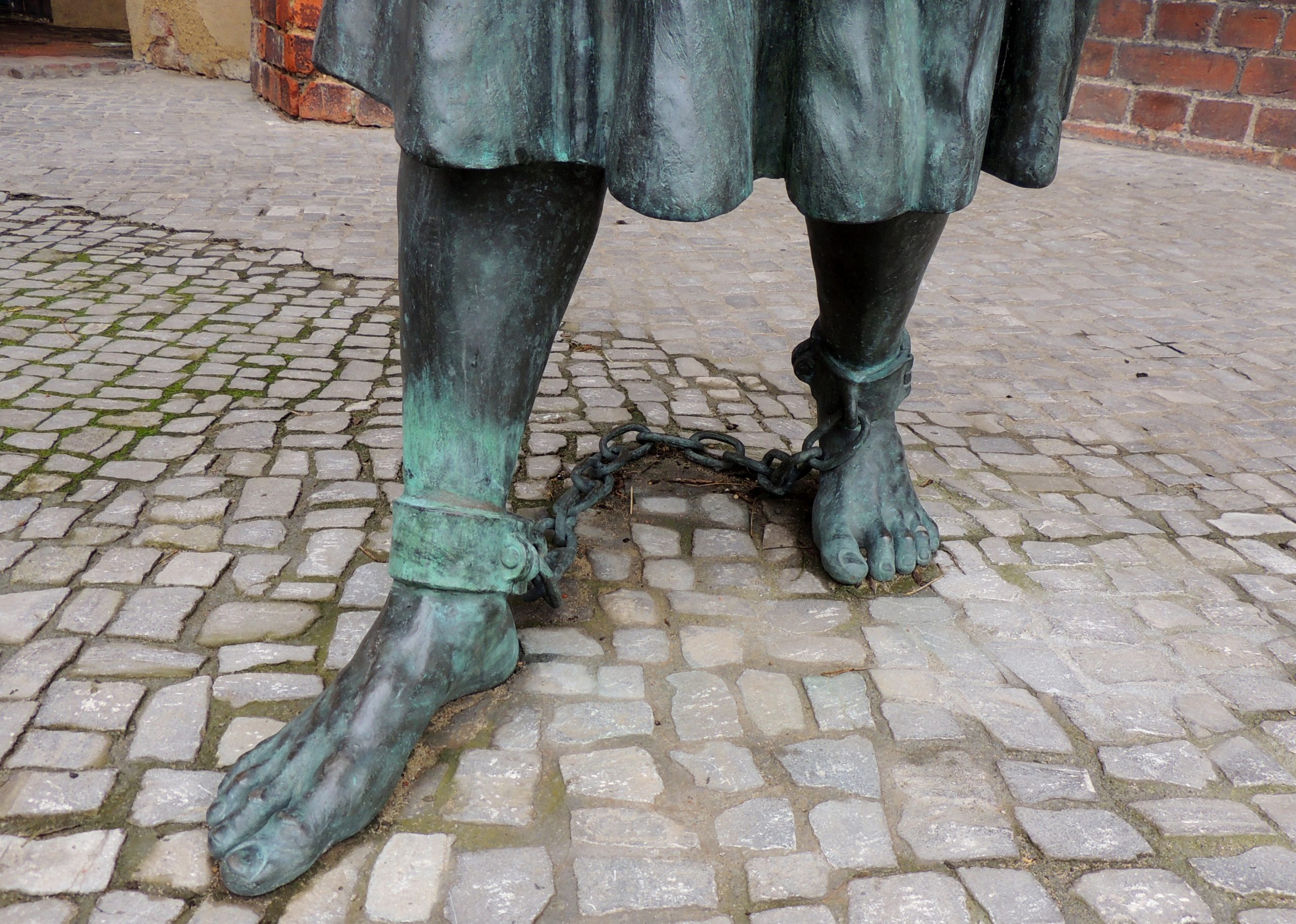 If part of a car falls on you at a vehicle yard, you should be able to recover damages for your injuries from the yard owner. However, if you do not provide sufficient evidence, you will likely be unable to recover for your injuries.
If part of a car falls on you at a vehicle yard, you should be able to recover damages for your injuries from the yard owner. However, if you do not provide sufficient evidence, you will likely be unable to recover for your injuries.
While Rico Lee was a customer at a Pull-A-Part vehicle yard in Harvey, Louisiana, he was injured when the rear of a pickup propped up on rims fell on his foot. He filed a lawsuit against Pull-A-Part and their insurer, claiming he was injured when the pick-up truck in Pull-A-Part’s control and control fell on his foot, injuring him. At trial, the jury found Pull-A-Part was not negligent. Lee appealed.
On appeal, Lee argued the jury erred in finding in favor of Pull-A-Part, and the trial court erred by not instructing the jury about res ispa loquitor. Res ispa loquitor is a legal doctrine that allows a court to find negligence by the mere fact that the accident occurred by using circumstantial (not direct) evidence. See Cangelosi v. Our Lady of the Lake Reg’l Med. Ctr. Here, La. C.C. art. 2317.1 required Lee to show the truck was in Pull-A-Part’s custody or control; it had a defect that resulted in an unreasonable risk of harm, Pull-A-Part knew or should have known about this unreasonable risk, and the defect caused his injury.
 Insurance Dispute Lawyer Blog
Insurance Dispute Lawyer Blog


 If you’ve been involved in a car accident and are considering filing a lawsuit, it’s essential to be aware of one crucial aspect often overlooked – the appropriate court venue. Venue refers to the location where a lawsuit is filed, and getting it right is crucial for the court to have jurisdiction, granting it the legal authority to issue judgments in the case.
If you’ve been involved in a car accident and are considering filing a lawsuit, it’s essential to be aware of one crucial aspect often overlooked – the appropriate court venue. Venue refers to the location where a lawsuit is filed, and getting it right is crucial for the court to have jurisdiction, granting it the legal authority to issue judgments in the case.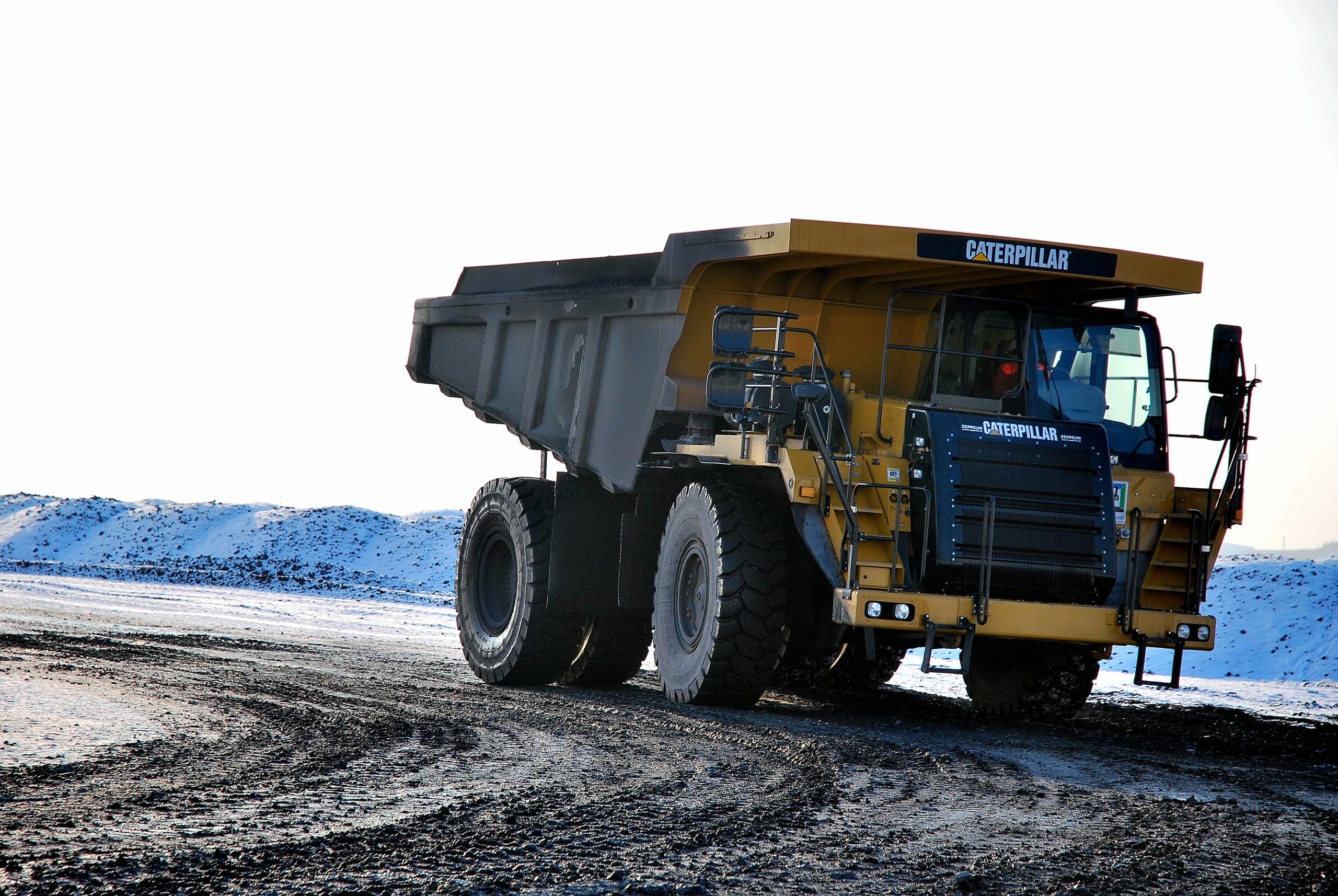 Workplace accidents can strike unexpectedly, leaving individuals injured and grappling with the complex question of who bears responsibility. However, when such accidents involve heavy machinery and contractual relationships, determining fault can become even more challenging. In the case of Clark Nixon, a dump truck driver at Terrebonne Levee & Conservation District (TLCD), the lines blurred further when an incident unfolded on the job site. As Nixon seeks justice for his injuries, the lawsuit shines a light on the intricate interplay of liability, contractual obligations, and the need for skilled legal representation to recover medical costs and hold those at fault accountable.
Workplace accidents can strike unexpectedly, leaving individuals injured and grappling with the complex question of who bears responsibility. However, when such accidents involve heavy machinery and contractual relationships, determining fault can become even more challenging. In the case of Clark Nixon, a dump truck driver at Terrebonne Levee & Conservation District (TLCD), the lines blurred further when an incident unfolded on the job site. As Nixon seeks justice for his injuries, the lawsuit shines a light on the intricate interplay of liability, contractual obligations, and the need for skilled legal representation to recover medical costs and hold those at fault accountable. When accidents involve children, gathering factual information regarding their physical health becomes even more crucial for building a solid case. This is particularly evident in a vehicle collision that took place in Lafayette, Louisiana. The case highlights the specific requirements for demonstrating injuries to children in an auto accident and what is and isn’t required to prove injuries to a child.
When accidents involve children, gathering factual information regarding their physical health becomes even more crucial for building a solid case. This is particularly evident in a vehicle collision that took place in Lafayette, Louisiana. The case highlights the specific requirements for demonstrating injuries to children in an auto accident and what is and isn’t required to prove injuries to a child.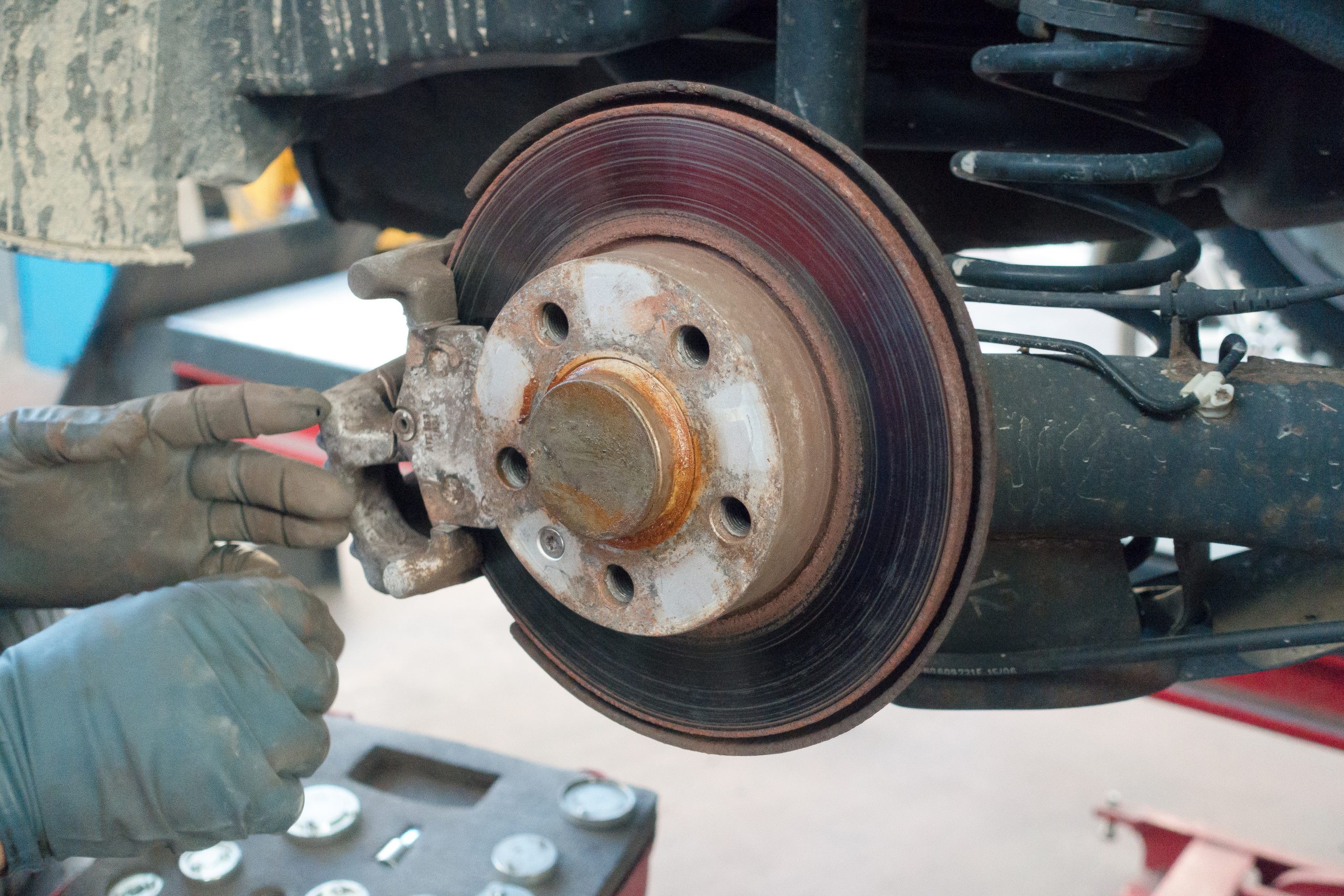 If you have been involved in a motorcycle or car accident, you might not know how an expert witness could help support your claim in court. What happens if there is conflicting testimony from each party’s expert witness about the cause of the accident?
If you have been involved in a motorcycle or car accident, you might not know how an expert witness could help support your claim in court. What happens if there is conflicting testimony from each party’s expert witness about the cause of the accident?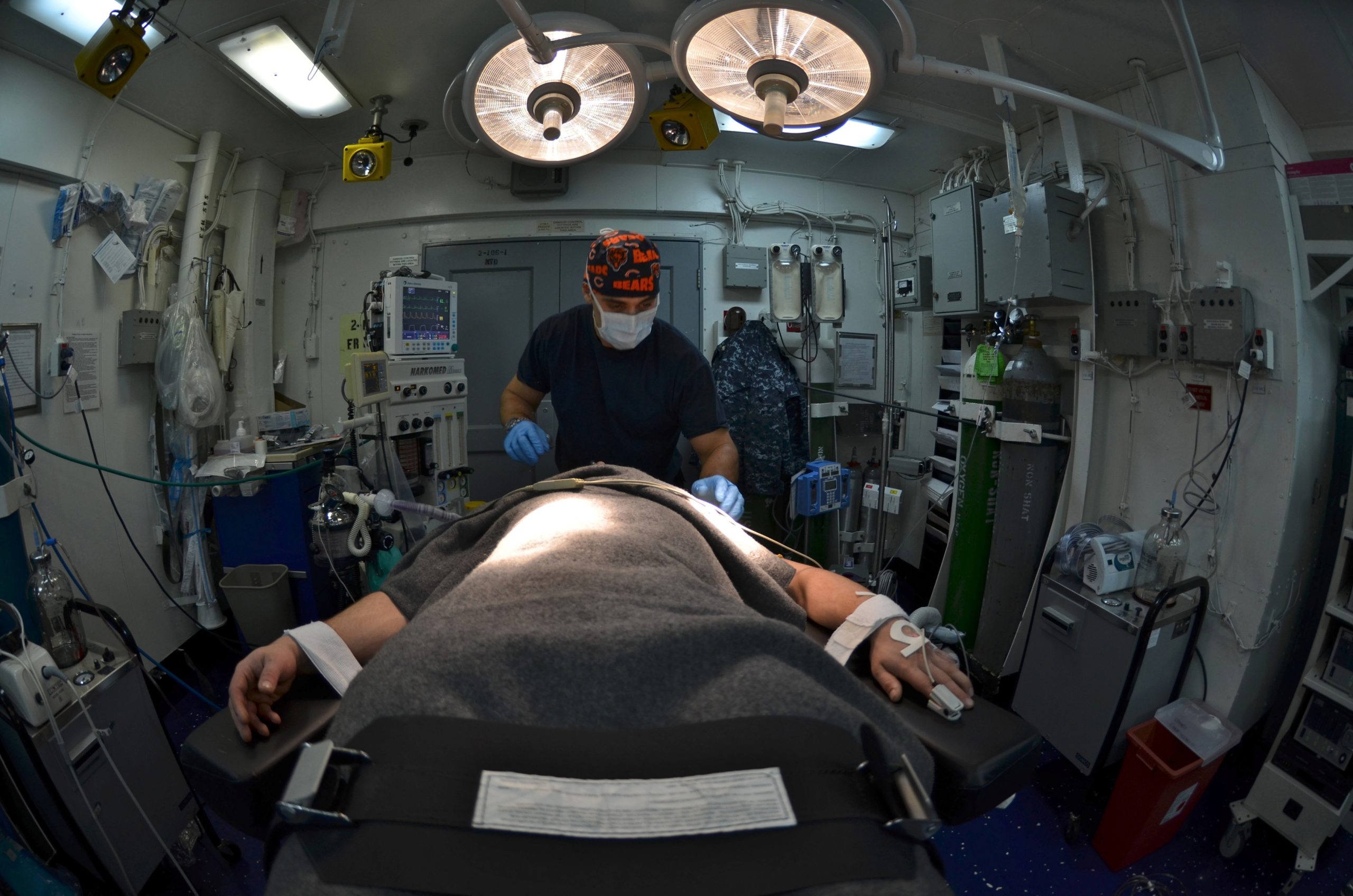 In the aftermath of a vehicle collision, the impact reverberates beyond the immediate parties involved, leaving a trail of injuries and legal complexities. Such was the case for Cody Johnson, a passenger on an RTA bus when it collided with another vehicle. Seeking full compensation for her damages, she pursued a vicarious liability claim against the driver’s employer. However, the court’s assessment of the driver’s scope of employment would determine the outcome of her pursuit of justice.
In the aftermath of a vehicle collision, the impact reverberates beyond the immediate parties involved, leaving a trail of injuries and legal complexities. Such was the case for Cody Johnson, a passenger on an RTA bus when it collided with another vehicle. Seeking full compensation for her damages, she pursued a vicarious liability claim against the driver’s employer. However, the court’s assessment of the driver’s scope of employment would determine the outcome of her pursuit of justice. Have you ever witnessed an accident? The experience can be overwhelming, leaving lasting, often overlooked emotional scars. Such consequences raise an essential question; can a witness to an accident seek damages in court? The subsequent lawsuit helps answer that question. The journey of the litigants through the intricate legal landscape reveals their unwavering determination to find solace for the emotional anguish they endured as witnesses to the tragic events.
Have you ever witnessed an accident? The experience can be overwhelming, leaving lasting, often overlooked emotional scars. Such consequences raise an essential question; can a witness to an accident seek damages in court? The subsequent lawsuit helps answer that question. The journey of the litigants through the intricate legal landscape reveals their unwavering determination to find solace for the emotional anguish they endured as witnesses to the tragic events.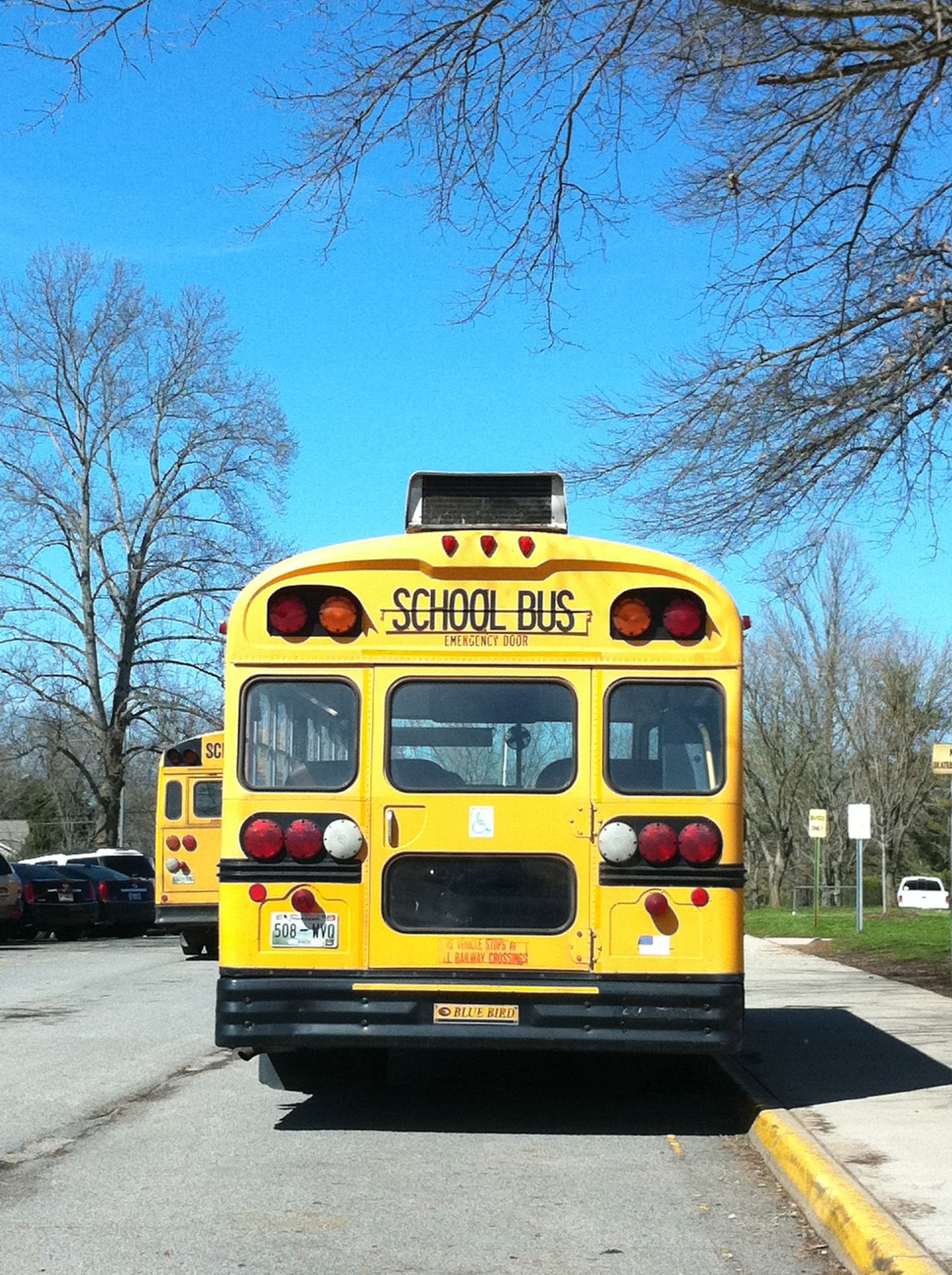 School field trips are supposed to be fun. However, after an unfortunate incident, Darius Baheth’s experience was less than idyllic. Can a parent recover when their child is injured on a school field trip? The following lawsuit, out of Lafayette, Louisiana, answers that question.
School field trips are supposed to be fun. However, after an unfortunate incident, Darius Baheth’s experience was less than idyllic. Can a parent recover when their child is injured on a school field trip? The following lawsuit, out of Lafayette, Louisiana, answers that question.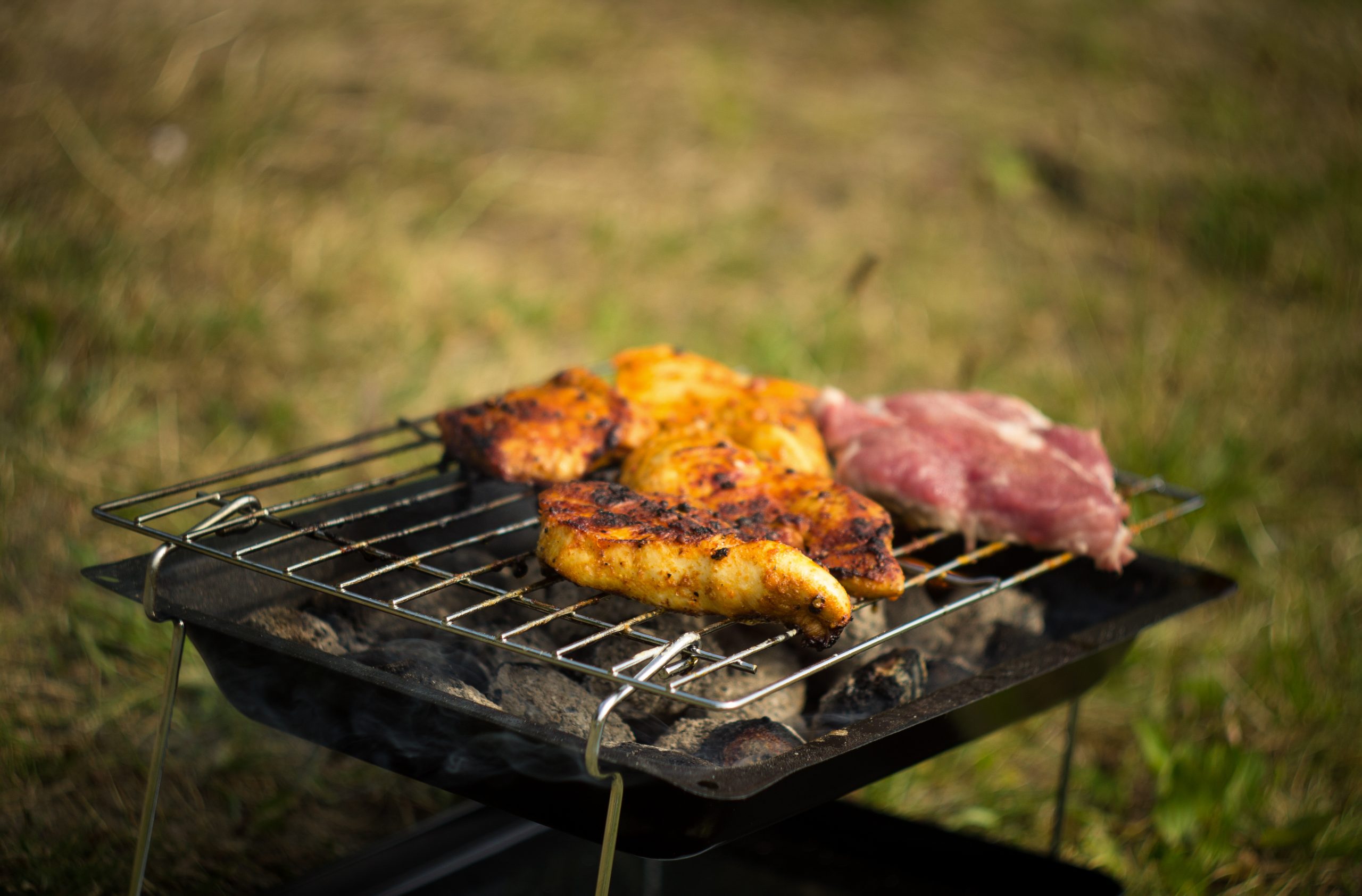 When preparing for a fundraiser, you understandably have lots on your mind. You have to coordinate food, RSVPs, and plan the event. However, if you are using something potentially dangerous, such as a propane barbecue, you also need to ensure you take reasonable steps to inspect it for any potential defects. Otherwise, you could be liable for injuries you or others suffer.
When preparing for a fundraiser, you understandably have lots on your mind. You have to coordinate food, RSVPs, and plan the event. However, if you are using something potentially dangerous, such as a propane barbecue, you also need to ensure you take reasonable steps to inspect it for any potential defects. Otherwise, you could be liable for injuries you or others suffer.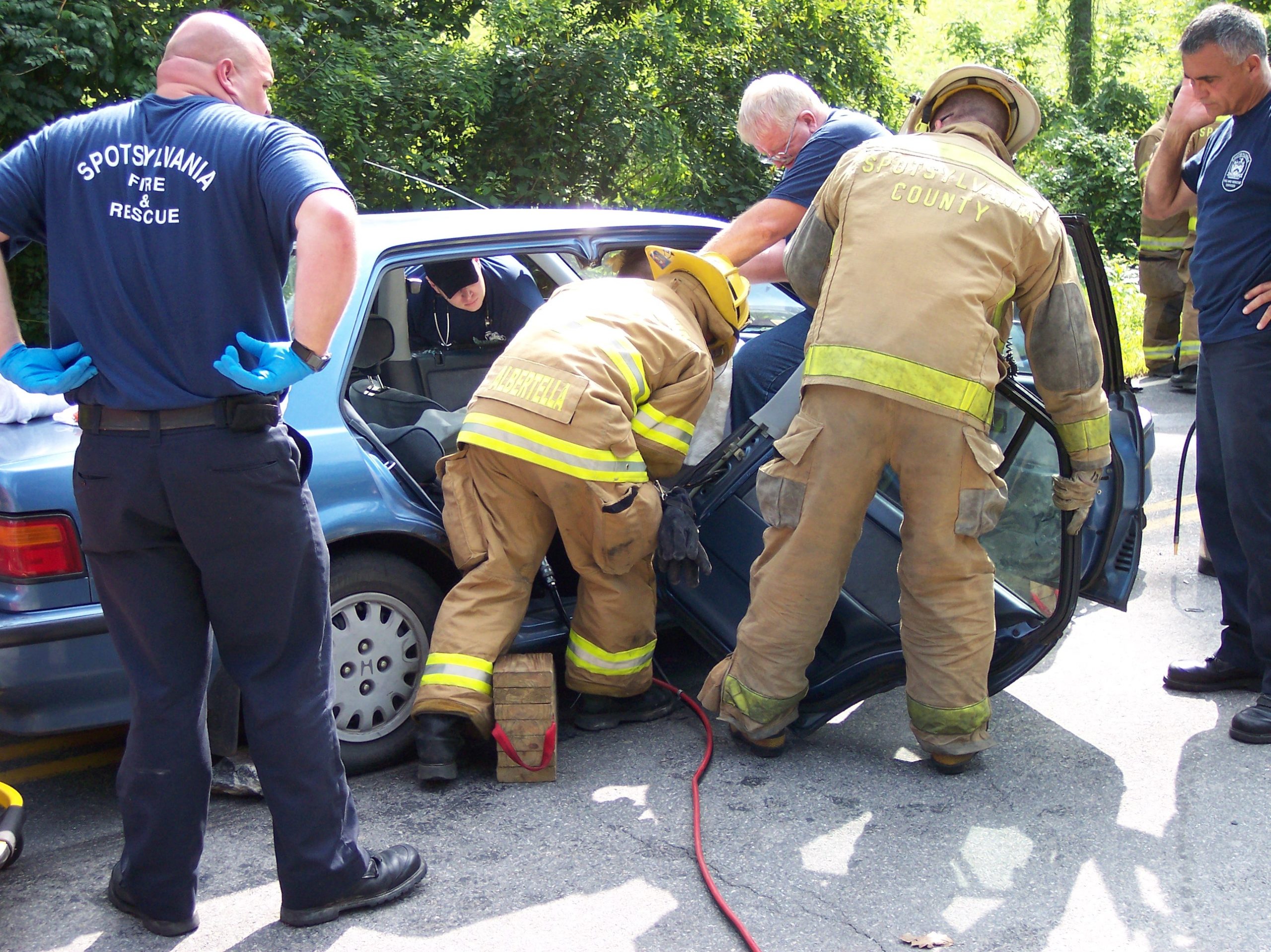 What happens if you were previously injured in an incident and later involved in another accident that causes further injury? Can the person responsible for the second injury be liable for your injuries? Although pre-existing injuries can make it more complicated to determine the scope of your injuries, the court will still consider the extent to which the second accident caused additional injuries and affected your life.
What happens if you were previously injured in an incident and later involved in another accident that causes further injury? Can the person responsible for the second injury be liable for your injuries? Although pre-existing injuries can make it more complicated to determine the scope of your injuries, the court will still consider the extent to which the second accident caused additional injuries and affected your life.